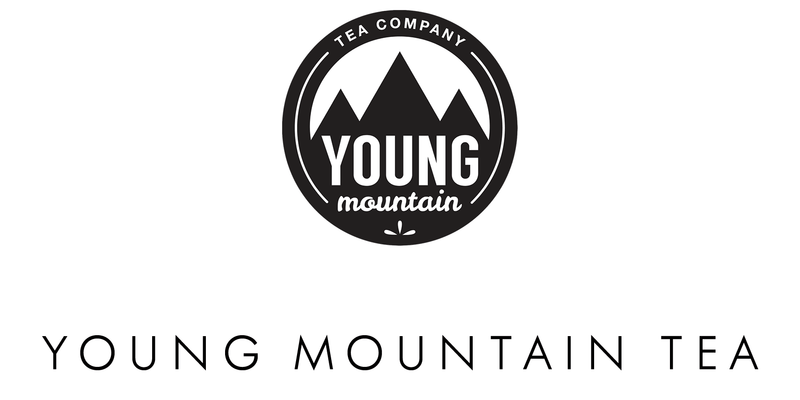
Tea is all made from the leaves of the Camellia sinensis plant
Tea has a long, fascinating history. China was the world’s first producer of tea, and much of the equipment used to craft tea worldwide was adapted from ancient Chinese methods. But how did tea plants get to India and Nepal, where we source our loose-leaf?
In the mid-1800s, the British stole Camellia sinensis saplings from China and brought them to India, planting the saplings first in the northern Indian town of Saharanpur, near Kumaon (where much of our single-origin tea flourishes). The Indian tea industry’s colonial roots are complex and dark, but the result was a complete reinvention of how tea is made.
India went from having no commercial tea production to becoming the world’s largest producer of tea in just four decades, outpacing China’s impressive export history. The new Indian model dramatically reshaped the global tea trade, impacting all aspects of the drink—from production in the mountains, to shipping internationally, to marketing to the highest ends of society. Today, India’s influence on tea continues, even as the industry evolves.

The Tea Studio is a boutique tea factory in the Nilgiris of Southern India
The reason for this explosion was driven by need: the British had developed a highly lucrative tea trade that was financing their empire’s expansion, with all British tea coming from China. Unfortunately for the British, the Chinese had little interest in trading with the outside world. In response, the British introduced opium into China, leading to the famed Opium Wars of the mid-nineteenth century. These wars prompted the British to look for a closer, easier supplier of tea, and India was their top prospect.
In a thrilling story of corporate espionage, the British employed a Scottish botanist named Robert Fortune to steal living Camellia sinensis saplings from deep interior China and transport them out of the mountains, across the ocean, and into Indian soils. After several unsuccessful attempts, Fortune was able to get living tea trees to reach Indian shores, and the first saplings were brought to the northern Indian town of Saharanpur, near Kumaon (where much of our single-origin tea now flourishes). The hardy, mountain-loving plant adapted well to the new soils, and the British invested heavily in growing this new industry.
And they were wildly successful. The British were the first to adapt the technological advances of the industrial revolution to tea, and the resulting model is often called the “estate” model. On tea estates, both the tea fields and the factory are owned and operated by a private company or individual, which allows a centralized management team to optimize quantity, cost, and consistency. It also only functions if the tea famers are entirely dependent on the estate owners for from housing, to food, to medicine, to education. Farmers then, as today, have very little control over their future.

The bud and the first two leaves that are used to make premium teas
The first Indian tea region to gain global recognition was Assam, which the British built by developing the estate model. Next up was Darjeeling, which again was developed under the estate model. These regions served as examples for industrial-scale tea, and the estate model has since spread around the world.
As it stands today, India remains one of the world’s top producers, churning out millions of tons of commodity-grade tea, almost exclusively black and from tea gardens built on the estate model. Today, the social and environmental limitations of the estate model are beginning to become more acute, with strikes regularly shutting down production, and the monocultured mountainsides of the estates requiring synthetic fertilizers.
We believe a new model of tea can and should exist for the Indian subcontinent. Since all tea comes from the same plant (including black, green, white, oolong, and matcha), the potential for high-end Indian tea is huge. As such, small farmers who prioritize quality and sustainability on a small-scale are well positioned to capture a new and emerging segment of tea drinkers across the globe.
From planting, to harvesting, to your cup, tea takes a remarkable journey. And we owe it all to the many pioneers throughout time—past and present. And of course, to those yet to come.
